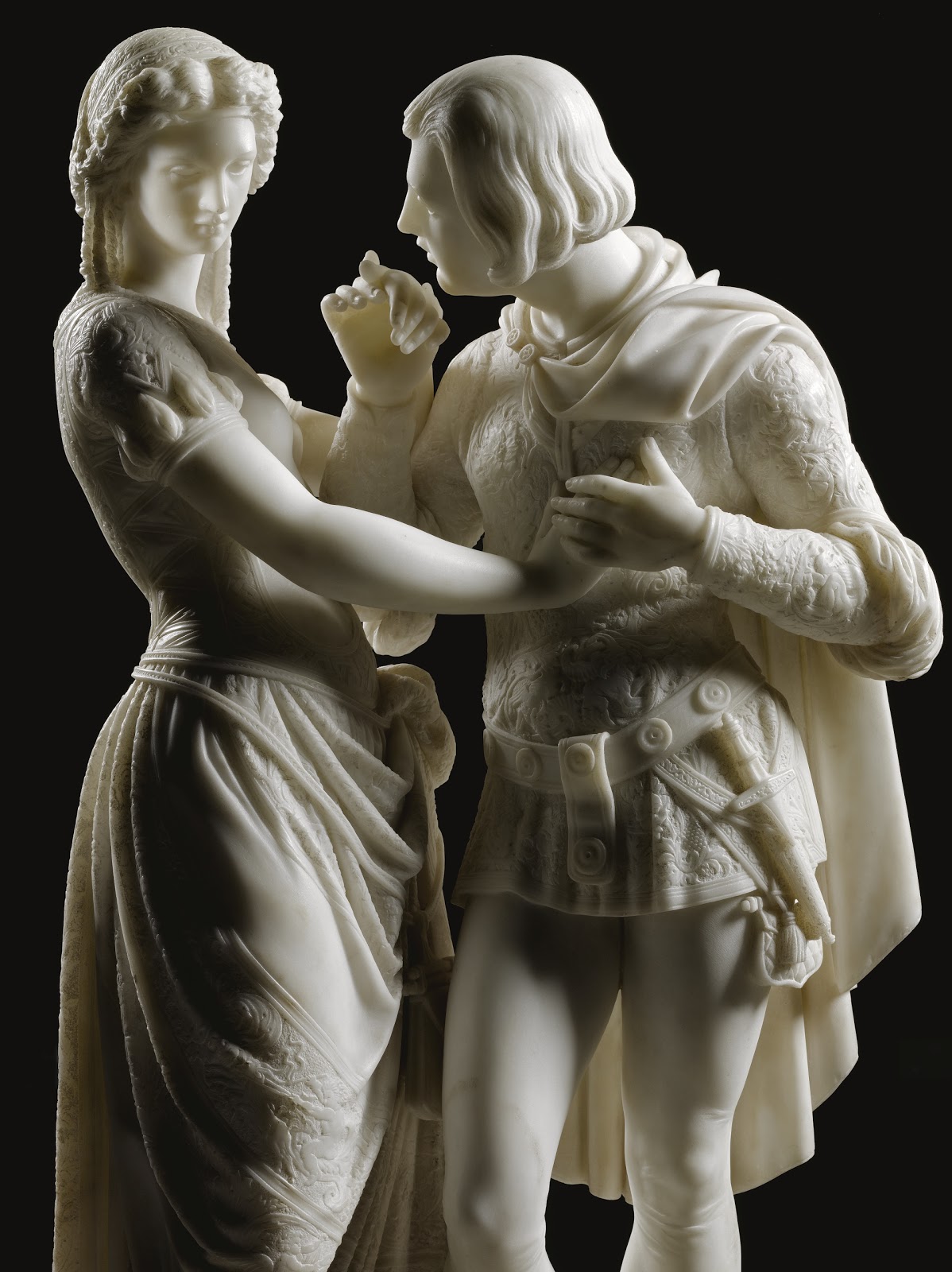Trattato della Pittura - Parte prima /15
L'occhio, che si dice finestra dell'anima, è la principale via donde il comune senso può piú copiosamente e magnificamente considerare le infinite opere di natura e l'orecchio è il secondo, il quale si fa nobile per le cose racconte, le quali ha veduto l'occhio. Se voi istoriografi, o poeti, o altri matematici, non aveste con l'occhio visto le cose, male le potreste voi riferire per le scritture.









